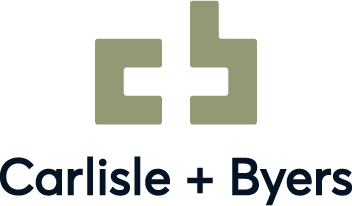
You got into a car accident, now what?
If getting into an accident wasn’t bad enough, now you have to go through the mess of filing a car insurance claim and possibly deal with legal matters. No thanks!
You’re not alone if you started waving your white flag. This blog will walk you through all the basic steps required for filing a claim — so that you can get back to life before that crummy fender bender happened.
Getting started filing a car insurance claim
An automobile insurance claim is a request for monetary support filed by a driver with an insurance provider after their vehicle has been damaged or injuries have occurred as a result of the collision. When you should file a claim is determined by the severity and cause of your injuries or property damage.
Step 1: Contacting your insurance company
Once you’ve decided you are filing a car insurance claim, you’ll need to contact the insurance provider. Here’s a list of things you should keep in mind when talking to the insurance company.
- The location and time of the car accident
- What covered vehicle was in the accident
- The name and insurance information of the other driver(s) involved
- Who was driving the car at the time
- The contact information of additional parties involved in the accident or witnesses
After you’ve gone over the items above, always remember to write down your claim number, the name and number of the person you spoke with, and note any other vital information.
Step 2: Filing a police report
When you’re filing a car insurance claim, the insurance company will likely request the police report number. As a golden rule, we always recommend getting a police report, even if the accident wasn’t serious. If the person you got in an accident with decides to take action down the road, you have that official documentation to refer to.
If you didn’t get a police report at the scene, you could still go to your local police station to file a report after the fact.
Step 3: The insurance company adjuster and report
Okay, here’s where things can get tricky. When the insurance company assigns an adjuster to your claim, it’s their job to cross-reference all the accident facts. If you’re filing a personal injury claim, we’d advise speaking with an attorney before the insurance adjuster.
Then, you’ll want to make sure to be thorough and accurate during the interview process because conversations, vehicle damages, and other valid information will be documented. To calculate the cost of the damages, your adjust will either inspect your car or have you take it to a shop for a repair estimate. With this information at hand, the adjuster will assign a dollar amount to your claim and file the report. That report goes straight to the insurance company to determine how much of the repairs they are willing to cover.
Remember, the insurance adjuster works for the insurance company. They are looking out for the company much more than they are for you (even if you’re filing a claim under your own policy). This is a time where you must be your own advocate, or hire an attorney to advocate on your behalf.
Step 4: Authorize final payment
You’ve reached the final step of the filing process! Before you start celebrating, you’ll receive a final payment document from your adjuster. If you agree to the amount and terms of the statement, you’ll sign a release to accept the payment offer for your claim.
On the road with Carlisle + Byers
We know that dealing with a car accident’s aftermath can be one of the most frustrating situations. Whether you’re dealing with a personal injury claim, insurance complications, or just feeling overwhelmed going through the motions; we’re here to help. Schedule a free legal consultation with us to learn more about your rights and gain some peace of mind.



